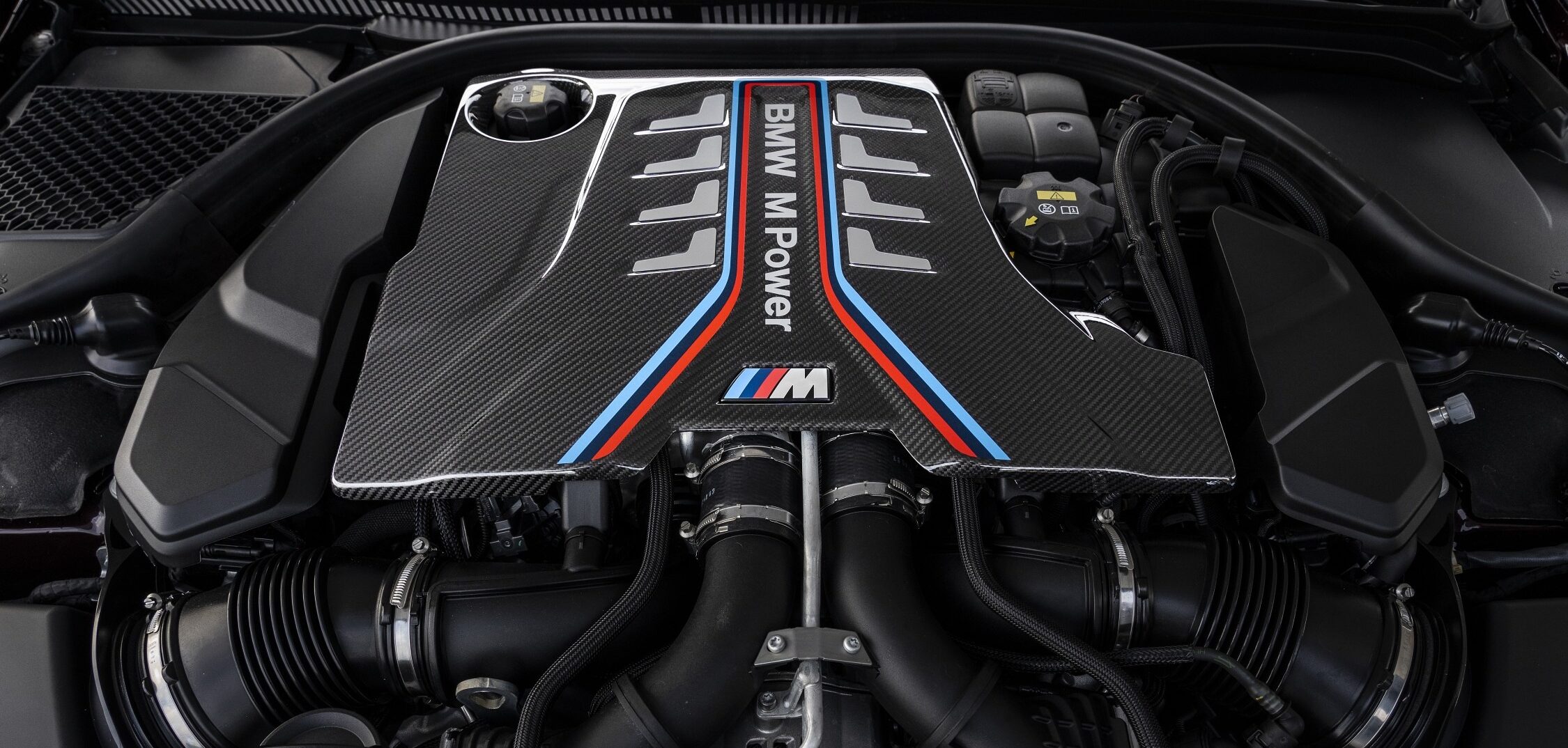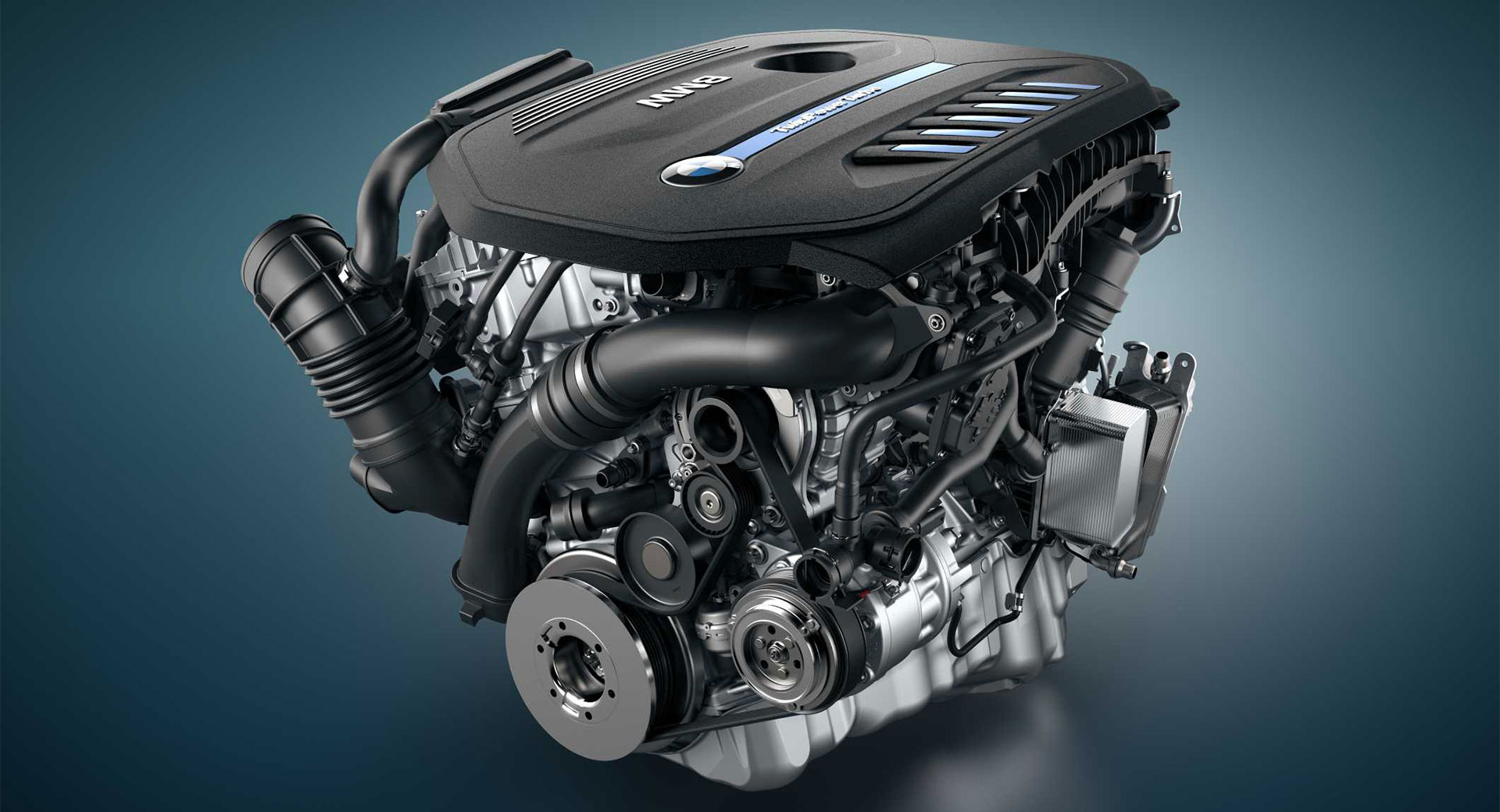Why the BMW Engine Is Thought About Among the very best in Luxury Automobiles
Why the BMW Engine Is Thought About Among the very best in Luxury Automobiles
Blog Article
Exploring the Evolution of Combustion Engines in Modern Transportation Solutions
As we browse the landscape of modern-day transportation, the evolution of burning engines stands as a testament to human resourcefulness and design prowess. The interaction of history, technology, and ecological worries in shaping the trajectory of burning engines produces a story that is both informative and compelling.
Very Early Beginnings of Combustion Engines
Just how did the idea of burning engines initial arise in the onset of transportation growth? The roots of burning engines can be mapped back to the 17th century when the principles of inner combustion were initial checked out. In 1673, Christian Huygens conceived a fundamental internal burning engine that used gunpowder to produce power. However, it had not been until the late 19th century that practical applications of burning engines in transportation started to emerge.
The breakthrough moment featured the creation of the initial successful gasoline-powered engine by Karl Benz in 1885 - bmw engine. This engine led the way for the development of the modern-day automobile, reinventing transportation systems worldwide. Subsequent innovations by Nikolaus Otto and Gottlieb Daimler additionally refined burning engine technology, resulting in the mass manufacturing of autos and the fast development of the transport industry
These early combustion engines were characterized by their simplicity and effectiveness, laying the structure for the facility and effective engines made use of in modern transport systems. The advancement of combustion engines has contributed fit the means we take a trip and move items, noting a considerable turning point in the background of transport advancement.
Transition to Internal Burning Technology
The shift to interior combustion innovation marked a critical change in the advancement of transport systems. This shift began in the late 19th century, with developers like Nikolaus Otto and Gottlieb Daimler creating the very first successful inner burning engines. These engines transformed transportation by supplying a much more efficient and effective choice to heavy steam engines and electric motors.
Among the essential benefits of interior combustion engines was their capability to be scaled down to suit automobiles, resulting in the development of bikes and cars. This shift from cumbersome, stationary engines to portable, mobile ones paved the means for the contemporary transportation systems we see today.
The transition to interior combustion modern technology likewise spurred developments in gas innovation, leading to the growth of gas and diesel as primary gas sources for automobiles. This shift not just made transportation much more accessible to the masses yet also laid the structure for the oil and gas market to become indispensable to worldwide economies.
Influence of Combustion Engines on Transport
The fostering of combustion engines in transport systems catalyzed an extensive shift in the effectiveness and speed of global flexibility. Combustion engines revolutionized transport by offering a functional and trustworthy source of power for different lorries, consisting of cars and trucks, ships, planes, and vehicles. This advancement significantly improved the capacity for products and individuals to conform cross countries in shorter time frameworks, causing increased connectivity between regions and nations.
Furthermore, the extensive usage of burning engines has actually had a considerable effect on economic advancement. The capability to move goods efficiently has spurred profession and commerce, allowing companies to broaden their markets and get to consumers worldwide. This has helped with financial development and globalization, as items can currently be transported faster and in larger quantities than ever.
However, the environmental impact of combustion engines can not be neglected. The combustion of fossil fuels has led to air contamination and greenhouse gas exhausts, adding to environment modification and positioning health and wellness threats to populations. bmw engine. Because of this, there is a growing focus on developing different propulsion modern technologies to mitigate these adverse results and develop a much more lasting future for transport
Developments in Combustion Engine Style
Many developments in combustion engine layout have propelled the advancement of transportation systems over the years. One noteworthy innovation is the advancement of turbocharged engines, which use exhaust gases to drive a generator that compresses inbound air, permitting even more fuel to be scorched, resulting in raised power output without a substantial boost in engine dimension. Furthermore, straight injection modern technology has boosted fuel performance and performance by exactly regulating the amount and timing of gas infused into the burning chamber. Variable shutoff timing systems have additionally revolutionized engine style by maximizing airflow at various engine speeds, improving both power and performance. One more substantial development is the combination of light-weight products such as carbon fiber and aluminum alloys, minimizing total engine browse around this site weight and improving automobile gas economy. Improvements in computer-aided layout have enabled engineers to optimize engine performance and effectiveness with simulations prior to physical models are constructed, conserving time and sources in the development process. These advancements collectively add to the constant renovation of burning engines in modern-day transport systems.
Future Patterns in Combustion Engine Growth
With modern technology developments driving continual development, the future of combustion engine advancement is positioned to revolutionize transportation systems worldwide. One of the vital trends in burning engine growth is the push in the direction of higher effectiveness and decreased exhausts.
An additional noticeable trend is the adoption of hybrid innovations in burning engines. Hybrid engines integrate traditional combustion innovation with electrical power, offering improved fuel performance and reduced emissions. As the automobile market changes in the direction of electrification, hybrid combustion engines are seen as a transitional option that links the void between conventional cars and completely electrical ones.
Moreover, the integration of smart innovations, such as expert system and information analytics, is anticipated to play a substantial role in the future of combustion engine development. These technologies can optimize engine performance in real-time, resulting in a lot more reliable burning procedures and boosted total lorry efficiency. Welcoming these future trends will not only drive innovation in combustion engine development but also add to a more sustainable and environmentally friendly transportation ecosystem.

Conclusion
In final thought, the development of burning engines in modern transportation systems has been marked by significant improvements in modern technology and layout. From the very early starts of burning engines to the transition to internal burning modern technology, these engines have actually had an extensive influence on transport. Technologies in burning engine layout remain to drive development in this field, with future trends focusing on further boosting performance and lowering exhausts. The future of burning engines in transport looks appealing as r & d efforts continue to press borders.
The roots of combustion engines can be mapped back to the 17th century when the principles of internal burning were first discovered. These engines changed transportation by offering an extra effective and powerful option to steam engines and electrical motors.

Report this page